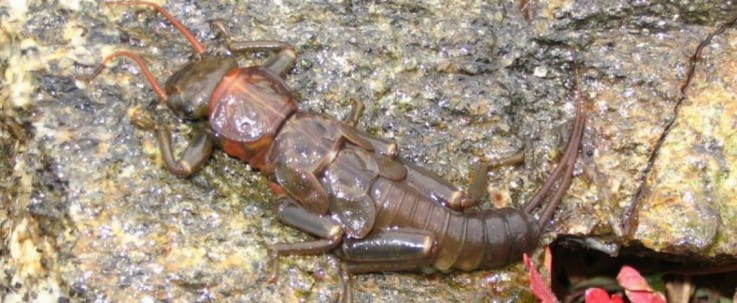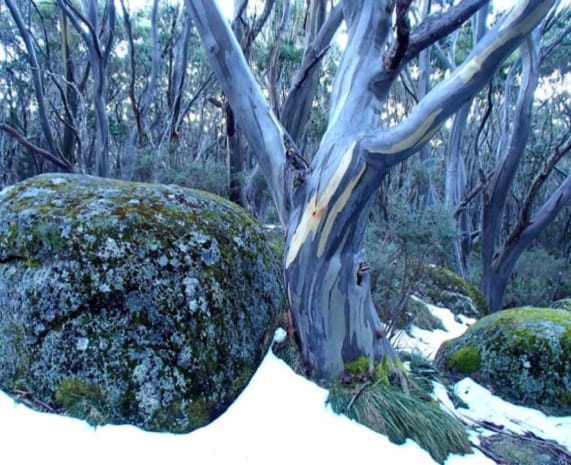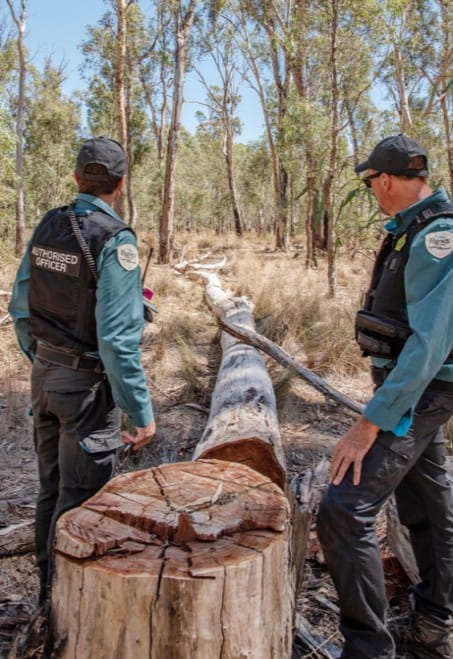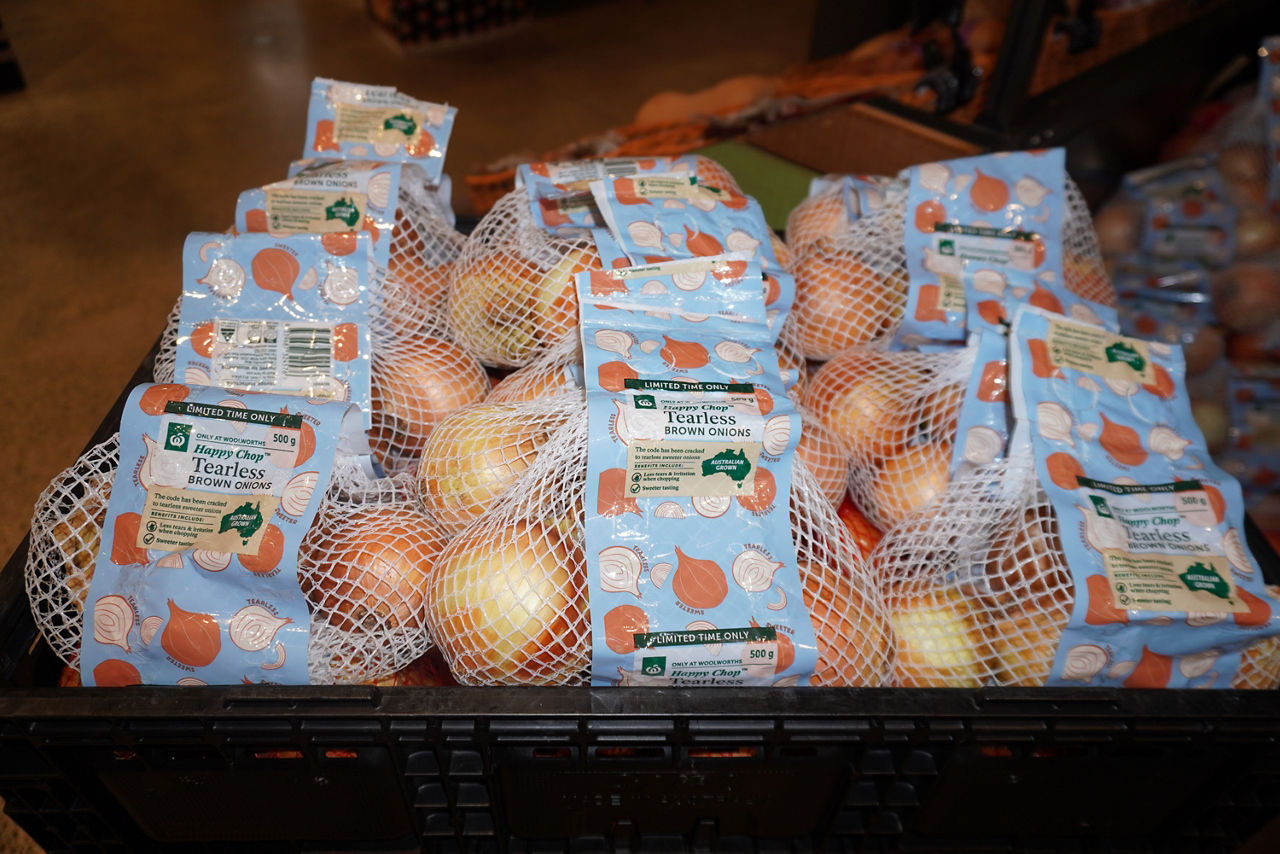Lying in wait at the bottom of a small babbling stream is a voracious predator. With piercing jaws agape, this ambush hunter is waiting for an unfortunate victim to swim past. You wouldn’t usually consider an insect the size of your thumb to be one of the top predators of any stream, but the nymph of the endangered Alpine stonefly (Thaumatoperla alpina) is one of the Victorian alps top freshwater predators, hunting the larvae of other insects.

As the largest stonefly in Australia, this species spends approximately three years in its nymph stage before turning into an adult. Image credit: Cassandra Bryce.
The entire alpine ecosystem is one of Victoria’s most special and biodiverse landscapes. It totals over 900,000 hectares within the state’s alpine and eastern highland areas and is equivalent to at least 225,000 MCG’s worth of land! This region is home to a staggering one third of all known plant species in the state but is at risk of disappearing entirely.
Human-induced climate change has arrived on Victoria’s doorstep. With a possible four-degree rise in average temperature slated for 2100 by the Intergovernmental Panel on Climate Change (the world’s most authoritative body on this topic), it begs the question: what does the future look like for this snow-rich habitat? It’s a question that is hard to answer and is dictated by how we react in the next few years.

The strikingly stripey Snow Gums (Eucalyptus pauciflora) that occur at altitudes of 1,500 m have been shown to increase snow accumulation and moderate snow melt, making them critically important to the water resources of the region. Image credit: Ian Foletta.
As one of the land managers looking after these regions, Parks Victoria has a tremendously difficult job ensuring the future of the Victorian alps. The conservation and management plans initiated and delivered in the next decade could determine the survival of numerous species and entire vegetation classes.
Before we talk about what this conservation work looks like, we really need to understand what the overarching threats to this landscape are. Let’s dig into the issues.
“Humans being humans”









